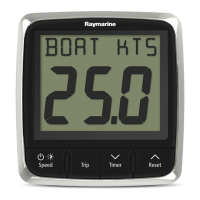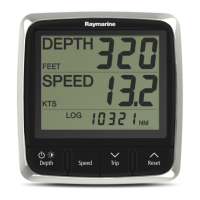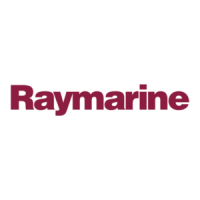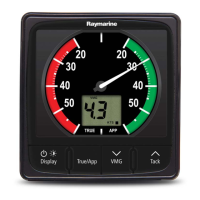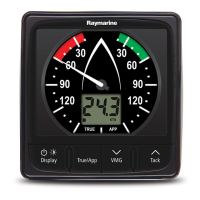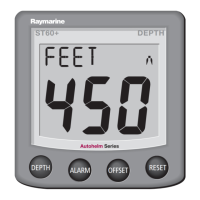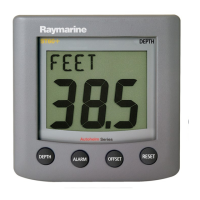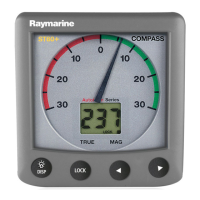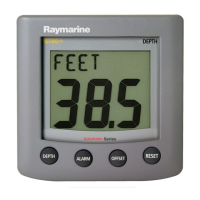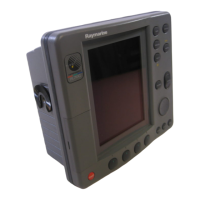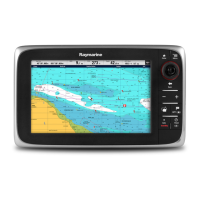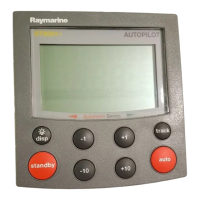Why my Raymarine i50 Marine Equipment system doesn't start up?
- JJames McbrideJul 31, 2025
If your Raymarine Marine Equipment system or part of it doesn't start, begin by inspecting the relevant fuses and breakers. Ensure the power supply cable is in good condition, with tight, corrosion-free connections. Finally, verify that the power source provides the correct voltage and sufficient current.
